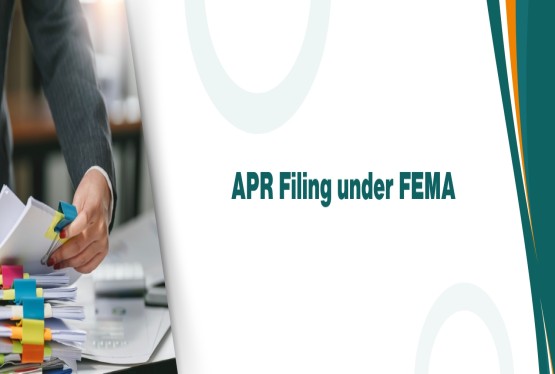Foreign Direct Investment (FDI) is one of the most significant decisions a business can make to expand operations into a new market like India. While many businesses and consultants tend to focus only on regulatory or procedural compliance, the broader aspects of FDI planning such as legal structuring, tax implications, and banking relationships play a crucial role in ensuring a smooth experience. This article is an attempt to provide a practical perspective on FDI based on real-life experiences and professional interactions. Although legal frameworks and procedures are important, this piece does not cover those technicalities, instead it highlights the key strategic considerations that can help foreign investors make informed decisions.
Choosing the Right Consultant or Advisor
One of the first and most crucial steps in FDI planning is selecting the right consultant or advisor. This decision should not be based on cost alone. It must take into account the consultant’s practical experience, professional relationship with the client, ability to meet deadlines, and geographical presence, especially when dealing with regulatory authorities or banks. Depending on the complexity of the investment, multiple consultants may be required to handle various domains, such as legal, tax, company law, and foreign exchange regulations.
For a successful FDI process, three regulatory domains must be carefully examined. The first is the Foreign Exchange Management Act (FEMA) and FDI regulations issued by the Reserve Bank of India. The second is the Companies Act or the LLP Act, depending on the chosen legal structure. The third is the Income Tax Act, which governs taxation in India. What makes this more complex is that each of these laws must be evaluated not only from India’s perspective but also from the perspective of the investor’s home country and any intermediate jurisdictions, if applicable.
Additionally, understanding how Authorised Dealer (AD) banks function in India is essential. These banks are empowered by the Reserve Bank of India to process foreign exchange transactions. In practice, the interpretation of FEMA rules and documentation requirements by these banks can vary, and an advisor who understands the banking ecosystem can help avoid unnecessary delays or compliance issues.
Planning and Structuring Before Making the Investment
One of the most overlooked aspects of FDI is pre-investment planning. Structuring your investment properly at the initial stage can save significant costs and time later. The three major areas to consider while structuring an FDI are the investment route, the type of legal entity, and the method of funding.
Investment Route: Direct or Through an Intermediate Jurisdiction
The first question to ask is whether the investment should be made directly into India or routed through an intermediate jurisdiction. This decision is heavily influenced by tax considerations and the Double Taxation Avoidance Agreement (DTAA) between India and the investing country or countries. Many DTAAs include a Limitation of Benefits (LOB) clause, which restricts the treaty benefits to genuine businesses and prevents treaty shopping.
An intermediate holding company located in a jurisdiction with a favourable tax treaty with India may offer advantages such as reduced withholding tax on dividends and capital gains. Such a structure also allows for efficient reinvestment of dividends into other countries without attracting additional tax liabilities in the host country. However, the Indian Income Tax Act has provisions relating to indirect transfers and capital gains, which must be evaluated when setting up such a structure. Transfer pricing implications and the general anti-avoidance rule (GAAR) must also be factored into the decision.
Choice of Legal Entity: Company or LLP
The next important decision is the legal form of the Indian entity whether to set up a company or a Limited Liability Partnership (LLP). While LLPs offer ease of compliance and operational flexibility, companies are more suitable when considering the broader regulatory, tax, and benefit framework.
For example, companies are required to comply with Corporate Social Responsibility (CSR) obligations under Indian law if they meet specified thresholds. This requirement adds to the cost of doing business and must be planned in advance. Further, only companies not LLP can register as a Research and Development Centre with the Department of Scientific and Industrial Research (DSIR), which can be a crucial advantage for businesses focused on innovation.
Tax benefits under the Income Tax Act are also often entity specific. For instance, only companies are eligible for deductions related to R&D expenditure and Voluntary Retirement Scheme (VRS) benefits for employees. Moreover, certain tax exemptions like deductions under Section 80C for repayment of housing loans borrowed from a public limited company are not available to employees of LLPs or private limited companies. These seemingly minor technical differences can have significant financial consequences.
Funding Structure: Equity, Preference Shares, or ECB
The funding mechanism for the investment is equally important. Businesses can choose to fund the Indian entity through equity shares, preference shares, or external commercial borrowings (ECB). Each method has different implications in terms of taxation, regulatory compliance, and repatriation of profits.
In recent years, some advisors have promoted aggressive structuring where the equity portion is kept low and the bulk of the investment is routed through ECBs. While this may appear tax-efficient in the short term, it can raise red flags with Indian tax authorities. The thin capitalisation rule under Section 94B of the Income Tax Act restricts the deduction of interest on debt if the debt-to-equity ratio is not in line with accepted norms. Moreover, the General Anti-Avoidance Rule (GAAR) can be invoked if the structure lacks commercial substance.
A well-thought-out structure that balances equity and debt is crucial. Reworking the structure after the business has been set up can be expensive, time-consuming, and may trigger unwanted tax liabilities. Hence, initial planning must aim for long-term sustainability rather than short-term benefits.
Authorised Share Capital: Initial vs. Future Planning
Another practical consideration is the amount of authorised share capital specified during incorporation. While a higher authorised capital allows for more headroom to issue shares in the future, it also attracts higher incorporation charges payable to the Ministry of Corporate Affairs (MCA). Therefore, many businesses opt for a lower authorised capital initially to keep the cash outlay minimal.
However, it's important to understand the tax implications of this choice. Expenses incurred towards initial incorporation, including charges for authorised capital, are treated as preliminary expenses and can be claimed as a deduction under the Income Tax Act. On the other hand, the fees paid for increasing the authorised share capital at a later date are generally treated as capital expenses and may not be deductible. There is some ambiguity in judicial rulings on this point, but taking a conservative approach can prevent future litigation.
Other Areas You Should Understand for Successful FDI
To develop a complete understanding of the FDI process, it is essential to look beyond structuring and entity formation. A good grasp of FEMA compliance, RBI – FEMA reporting, and sector-specific restrictions can prevent bottlenecks later. FDI in India is subject to sectoral caps and approval routes some sectors are under the automatic route while others require prior government approval. Knowing where your business falls is crucial.
RBI filings such as FC-GPR, FC-TRS, and the annual return on foreign liabilities and assets (FLA) must be done on time to avoid penalties. Transfer pricing regulations, intellectual property rights, and royalty payments between group companies must also be compliant with FEMA and Income Tax laws. Furthermore, if expatriates are part of the team, understanding employment laws, visa rules, and tax liabilities becomes essential.
Additionally, control over the Indian entity through board composition, voting rights, and shareholder agreements should be planned carefully. Resident director requirements and repatriation mechanisms must align with business goals and regulatory constraints.
Conclusion
Foreign Direct Investment is not merely a legal or financial transaction it is a long-term strategic decision that requires in-depth planning and execution. Choosing the right consultant, structuring the investment appropriately, and understanding the broader regulatory and tax implications are all critical for success. By taking a comprehensive and informed approach from the beginning, businesses can avoid costly restructuring and ensure a smooth entry into the Indian market. FDI, when done right, becomes not just an investment in a business but an investment in the future.
Frequently Asked Questions
Q1. What is the difference between FDI under the Automatic Route and Government Approval Route?
Ans. FDI under the Automatic Route does not require prior approval from the Government or the Reserve Bank of India (RBI). However, sector-specific compliance and post-facto filings must still be completed. Under the Government Approval Route, prior approval is mandatory from the respective ministry or department through the Foreign Investment Facilitation Portal (FIFP) before investment is made. Sectors such as defence, print media, and telecom often fall under this route.
Q2. How do sectoral caps affect the amount of FDI that can be brought into a business?
Ans. Sectoral caps define the maximum percentage of foreign ownership allowed in a particular sector. These caps vary for example, 100% FDI is allowed in the e-commerce marketplace under the automatic route, whereas insurance is capped at 74% (with 49% under automatic route and the rest via approval). Exceeding the sectoral cap without approval leads to legal non-compliance and penal consequences under FEMA.
Q3. What are the key post-investment compliances after receiving FDI in India?
Ans. After receiving FDI, companies must comply with several reporting requirements under FEMA and Companies Act. This includes:
-
Filing Form FC-GPR within 30 days of share allotment.
-
Submitting Form FLA annually.
-
Updating shareholding records in Form PAS-3 and MGT-7 under the Companies Act.
-
Maintaining a proper Register of Foreign Members, if applicable.
Failure to adhere to these timelines can result in monetary penalties and delays in future fund infusions.
Q4. Can a foreign investor invest in an Indian partnership firm or sole proprietorship?
Ans. No, foreign direct investment is not permitted in sole proprietorships or traditional partnership firms without prior government approval. However, non-resident Indians (NRIs) and persons of Indian origin (PIOs) may be allowed to invest in such entities with government permission. The more viable alternatives for foreign investment are companies and LLPs, which offer better regulatry clarity and compliance mechanisms.
Q5. Are there any restrictions on repatriating profits or capital from India?
Ans. Repatriation of profits such as dividends, interest, and royalties is allowed, subject to payment of applicable taxes and compliance with FEMA regulations. However, repatriation of capital (such as proceeds from sale of shares) must follow RBI guidelines, including:
-
Pricing norms
-
Waiting periods (lock-in conditions)
-
Reporting via Form FC-TRS
Failure to comply can lead to delays or restrictions in transferring funds abroad.
Q6. How does FDI impact GST registration and compliance in India?
Ans. Once the Indian entity is operational and crosses the GST threshold (usually Rs.20 lakh or Rs.40 lakh turnover depending on the state), it must obtain GST registration. Foreign shareholders must also ensure that inter-company transactions, such as royalties or services, are GST-compliant. Mismanagement of GST filings can lead to interest, penalties, and reputational risks for the Indian subsidiary.
Q7. What is the role of the Foreign Investment Facilitation Portal (FIFP)?
Ans. The Foreign Investment Facilitation Portal (FIFP) is an online platform administered by the Department for Promotion of Industry and Internal Trade (DPIIT). It facilitates FDI applications requiring government approval. The portal allows electronic submission, tracking, and decision-making, streamlining the previously manual process. It is mandatory for investors in sectors falling under the Government Route to apply via this platform.
Q8. Can foreign investors be directors in an Indian company?
Ans. Yes, foreign nationals can be appointed as directors in Indian companies. However, at least one resident director (who has stayed in India for a total period of at least 182 days in a financial year) is mandatory under the Companies Act. Foreign directors must also obtain a Director Identification Number (DIN) and complete KYC formalities annually.
Q9. Is it mandatory to obtain a valuation report before issuing shares to a foreign investor?
Ans. Yes, the pricing of shares issued to foreign investors must be in accordance with internationally accepted valuation norms, as prescribed under FEMA. The valuation must be supported by a report from a SEBI-registered Merchant Banker or a Chartered Accountant. Issuing shares at a lower price than the fair value may trigger FEMA penalties and taxation issues.
Q10. What are the common mistakes foreign investors should avoid while investing in India?
Ans. Some common pitfalls include:
-
Ignoring the need for proper documentation at the remittance stage.
-
Failing to meet RBI reporting timelines.
-
Choosing an inappropriate legal structure (e.g., setting up a Pvt Ltd when LLP would be better, or vice versa).
-
Not factoring in withholding tax, capital gains, and transfer pricing at the outset.
-
Overlooking exit strategies and restrictions on share transfer.
A well-planned entry and exit roadmap can prevent unnecessary litigation and financial losses











































































_crop10_thumb.jpg)


































































_crop10_thumb.jpg)
_crop10_thumb.jpg)



_crop10_thumb.jpg)


_crop10_thumb.jpg)





_crop10_thumb.jpg)

_crop10_thumb.jpg)














-suratgujarat-section-158_crop10_thumb.jpg)
-suratgujarat_crop10_thumb.jpg)
-(33)_crop10_thumb.jpg)



-ahmedabad_crop10_thumb.jpg)
-learn_crop10_thumb.jpg)

-learnn_crop10_thumb.jpg)



























































_crop10_thumb.jpg)























_Guidelines_learn_crop10_thumb.jpg)























_learn_crop10_thumb.jpg)
_crop10_thumb.jpeg)










_crop10_thumb.jpg)




_Second_Amendment_Rules,_2025_learn_crop10_thumb.jpg)







_learn_crop10_thumb.jpg)












































_learn_crop10_thumb.jpeg)















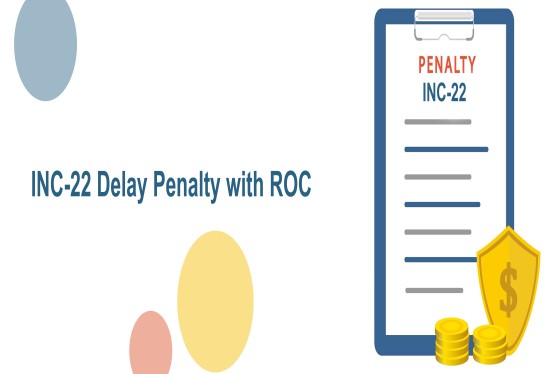






_learn_crop10_thumb.jpg)



_rd_roc_learn_crop10_thumb.jpg)






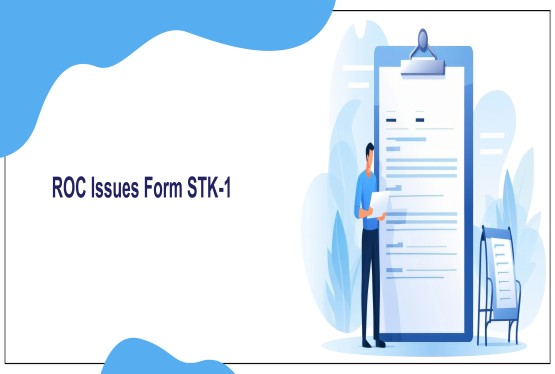









_learn_crop10_thumb.jpg)









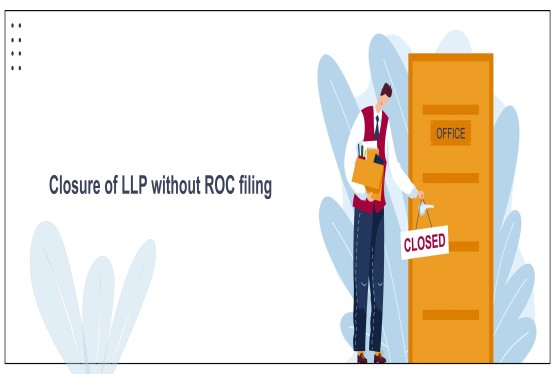


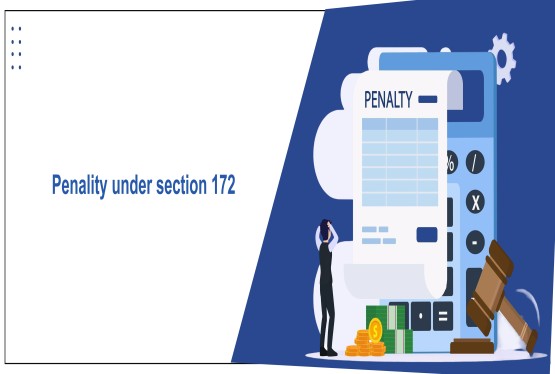

_learn_crop10_thumb.jpg)
_Learn_crop10_thumb.jpg)










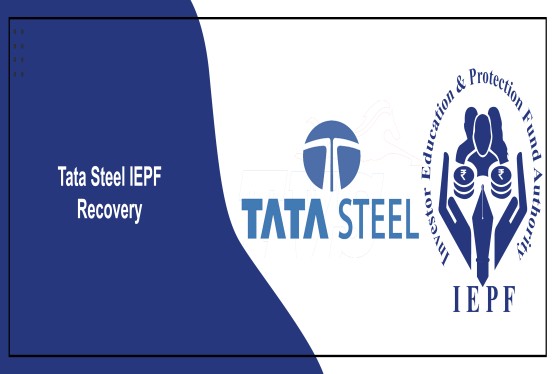
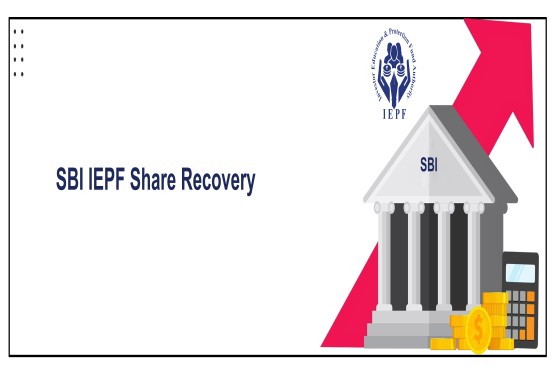



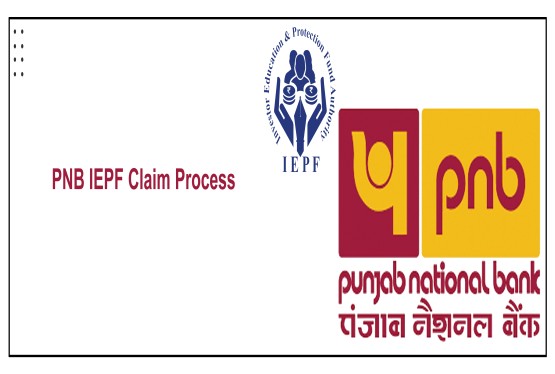





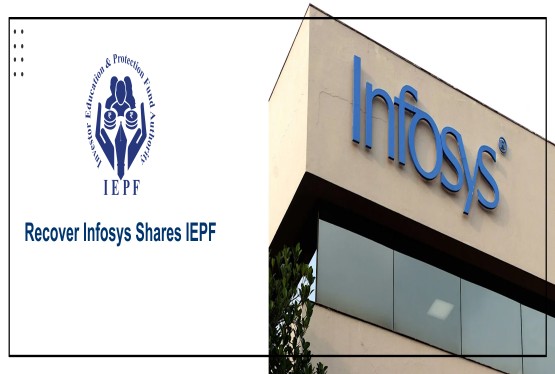





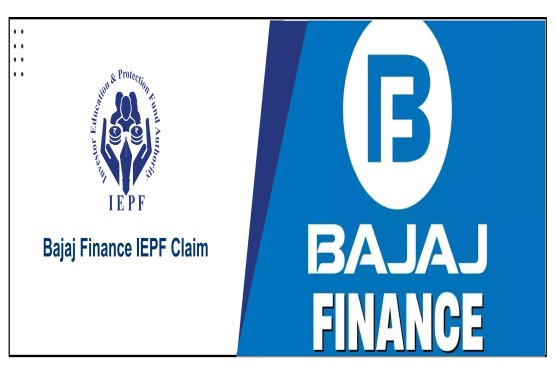







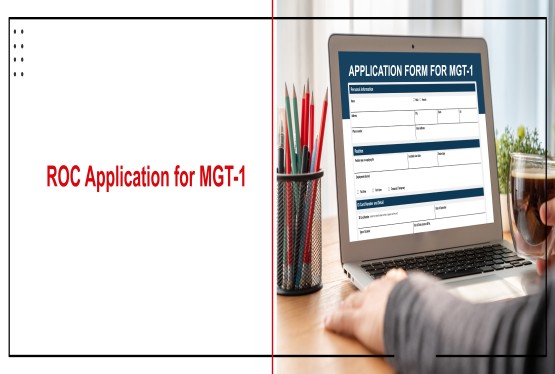







_learn_crop10_thumb.jpg)

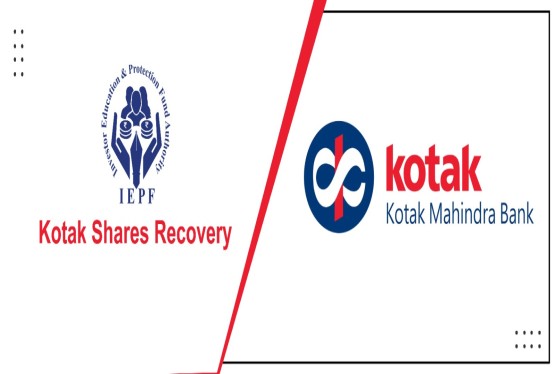


_learn_crop10_thumb.jpg)
